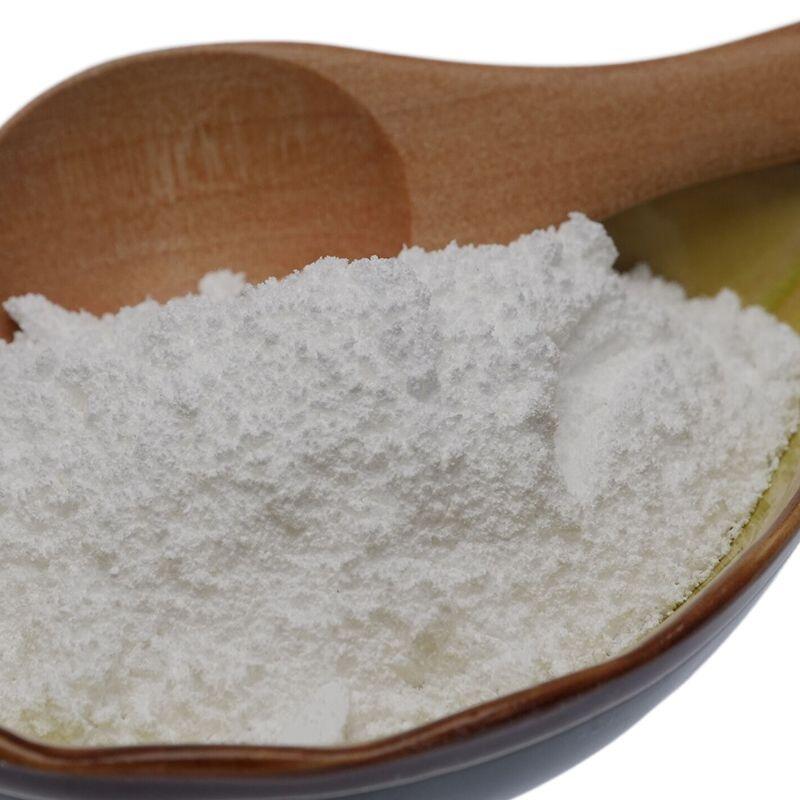-
Categories
-
Pharmaceutical Intermediates
-
Active Pharmaceutical Ingredients
-
Food Additives
- Industrial Coatings
- Agrochemicals
- Dyes and Pigments
- Surfactant
- Flavors and Fragrances
- Chemical Reagents
- Catalyst and Auxiliary
- Natural Products
- Inorganic Chemistry
-
Organic Chemistry
-
Biochemical Engineering
- Analytical Chemistry
-
Cosmetic Ingredient
- Water Treatment Chemical
-
Pharmaceutical Intermediates
Promotion
ECHEMI Mall
Wholesale
Weekly Price
Exhibition
News
-
Trade Service
N-(2,4-Dimethylphenyl) 2-bromobenzenesulfonamide, also known as 2,4-DMP2BBSA, is a chemical compound that is commonly used in the production of a variety of downstream products in the chemical industry.
The primary upstream product for the manufacture of 2,4-DMP2BBSA is 2,4-dimethylphenylamine, which is derived from the nitration of toluene.
This amine is then coupled with benzenesulfonic acid to form the dowstream product, N-(2,4-Dimethylphenyl) 2-bromobenzenesulfonamide.
One of the primary uses of 2,4-DMP2BBSA is as a intermediate in the production of dyes and pigments.
The compound is used in the production of a variety of colors, including yellow, orange, and red.
These colors are used in a wide range of applications, including textiles, plastics, and coatings.
Another major use of 2,4-DMP2BBSA is in the production of pharmaceuticals.
The compound is used as an intermediate in the synthesis of a number of different drugs, including anti-inflammatory medications and analgesics.
2,4-DMP2BBSA is also used in the production of cosmetics and personal care products.
The compound is used as a colorant in a wide range of cosmetic products, including lipstick, eye shadow, and nail polish.
In addition to its use in the production of these downstream products, 2,4-DMP2BBSA is also used in the manufacture of a variety of other chemicals and compounds.
These include other dyes and pigments, as well as other intermediate chemicals that are used in the production of a wide range of chemical products.
The production of 2,4-DMP2BBSA involves several steps, including the nitration of toluene to form 2,4-dimethylphenylamine, followed by the coupling of this amine with benzenesulfonic acid.
This process is typically carried out in a series of chemical reactors, using a variety of chemical catalysts and reagents.
One of the key challenges in the production of 2,4-DMP2BBSA is the control of the reaction conditions.
The reactors used in the production of this compound are typically operated at high temperatures and pressures, and the reaction must be carefully controlled to ensure that the desired product is produced in the desired quantity and quality.
Another important consideration in the production of 2,4-DMP2BBSA is the purification of the final product.
The compound is typically purified through a series of steps, including distillation and crystallization, to remove any impurities and ensure that the final product meets the required quality standards.
Overall, the production of 2,4-DMP2BBSA is a complex and multistep process that requires careful control and monitoring to ensure the production of a high-quality final product.
However, the compound is an important intermediate in the production of a wide range of downstream products, and its availability has a significant impact on the chemical industry.







